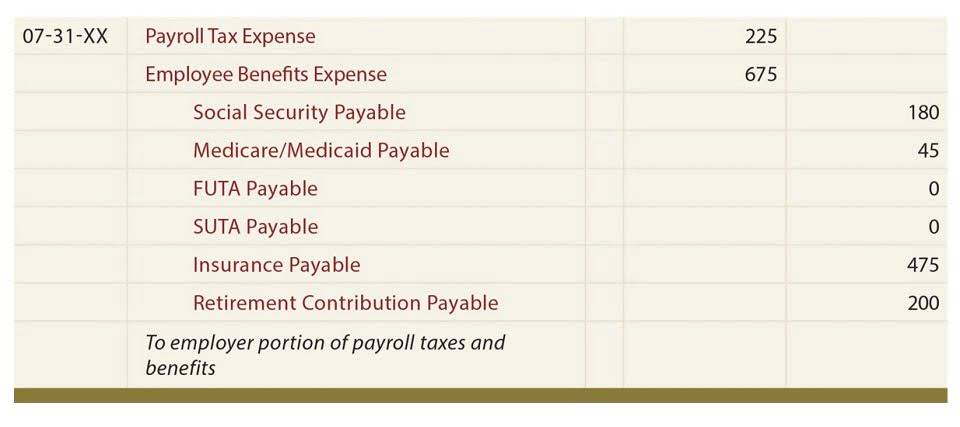
Both methods have their merits and can be tailored to suit the specific needs of a construction project. Cash flow forecasting provides construction companies with a clear picture of their financial health. net sales It helps them anticipate cash inflows and outflows, enabling effective budgeting and resource allocation. By understanding the timing and amount of cash that will be available, construction companies can make informed decisions regarding project timelines, material procurement, and labor management.

Overhead and Administrative Expenses

The timing of these transactions can greatly affect the financial standing of your company at any given time. The longer you must wait for payment from a customer, the longer you are without the cash you need to run your business. Late or slow payments can also cost you more, as late fees and finance charges add up fast. Now that you understand the three financial statements and the elements that make them up, you can begin to put together your construction company’s financials. Operating loss is the difference between your construction company’s revenue and its operating expenses.

Profitability and Growth
Examples like Invoice Simple templates offer free Microsoft Word invoice templates that are customizable and handy for immediate use. All of these aspects — cash flow management, cash flow projection reports, cash flow statements and cash position — play a vital role in the financial health and operational success of construction projects. https://www.bookstime.com/articles/what-is-governmental-accounting They collectively form a comprehensive picture of a firm’s financial position, guiding strategic decisions and enabling effective construction project management. Of course, a cash flow statement template is a static document and managing finances is dynamic. Project management software can provide a more controlled, real-time and collaborative platform to forecast and streamline financial planning.
- As the industry navigates this new normal, revisiting and adapting cash flow management strategies becomes crucial.
- This can lead to significant financial strain as subcontractors must cover operational costs upfront, such as labor, materials and rental fees, often waiting days for invoices to be paid.
- Even though cash flow is critical in this industry, construction companies face more cash flow challenges than almost any other trade.
- This status allows a construction firm to cover its bills on time, invest in necessary resources and even save for future projects.
- Not to mention the impact that a late or non-delivery of goods and materials can have on a project in terms of time and costs.
Financing Cash Flow:
Controllers appreciate the template for providing a comprehensive financial overview. The structured design and customizable fields enable precise record-keeping, making it easier for controllers to monitor cash flow trends, identify potential risks, and maintain accurate financial records. CFOs benefit from the template’s ability to offer real-time insights into cash positions, facilitating strategic decision-making. Controllers find it essential for maintaining accurate financial records, while Accounts Payable staff appreciate the user-friendly cash flow statement for construction project design for seamless tracking of cash transactions. The final outcome of a cash flow statement is the net cash flow of the period and the closing balance.

Strategies to Maintain Positive Cash Flow
- Also, project managers use a construction cash flow forecast template in the project planning stage to initiate planning the fund’s release timeline.
- Calculating it involves fine-tuning the net income with a dash of non-cash expenses and a touch of changes in working capital.
- Utilizing cost codes assigns specific expenses to distinct categories, offering a detailed view of where and how funds are being spent.
- Cash flow is a measurement of the cash coming into and leaving a business during a given period of time.
- One of the best ways to avoid unexpected negative cash flows or cash flow woes on your construction projects is to better track what’s actually happening during project delivery.
It involves the inflow and outflow of funds, from acquiring materials and paying laborers to meeting contractual obligations and covering operational expenses. However, despite its paramount importance, the construction industry often grapples with cash flow issues due to various complexities inherent in project management. Cash flow in construction refers to the movement of funds into and out of a construction project over a specific period. It’s the lifeblood of any construction project, determining its financial health and operational viability. Essentially, it tracks the cash that flows in from clients and financing sources against the cash that flows out for project expenses like labor, materials subcontractor payments and equipment costs.
This detailed tracking provides the necessary data for compiling WIP reports. WIP reports aggregate this cost data from all ongoing projects, assessing the overall progress and financial status of each. This aggregation forms the basis for evaluating the stage of completion of the projects, which is critical for the next step in the financial reporting process. As mentioned, with this feature, clients can pay from anywhere at any time with the convenience of their mobile phone. As the general contractor, you’re able to send payment requests at any point in the project, which ensures you’re in turn able to retain a positive cash flow and fulfill your own bills per subcontractor.
Net Cash Flow: Gauging Overall Financial Performance
The Profit First method for contractors is a cash flow management system that prioritizes profit over expenses. It’s designed to help construction companies increase profitability and improve cash flow. One of the key advantages of our template is its ability to facilitate accurate tracking of cash movements. With dedicated sections for operating, investing, and financing activities, businesses can gain a comprehensive understanding of where their money is coming from and where it’s going. This detailed breakdown enables informed decision-making and proactive financial planning.
